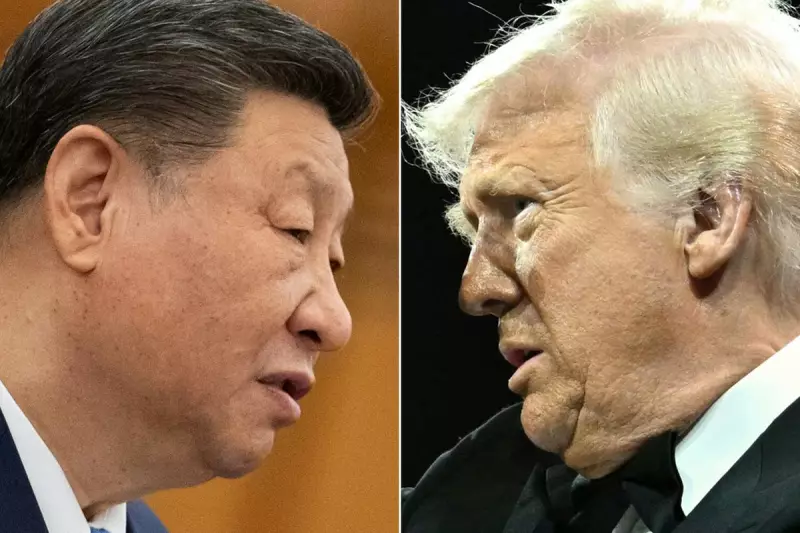
In a high-stakes diplomatic encounter that could redefine global trade dynamics, former US President Donald Trump and Chinese leader Xi Jinping have concluded a pivotal meeting brimming with economic breakthroughs and geopolitical tensions.
The Soybean Solution: A Trade War Thaw
At the heart of their discussions lay the simmering trade war that has rattled global markets for years. Most notably, the two leaders reached a significant agreement on soybean exports, marking a potential turning point in agricultural trade relations between the world's two largest economies.
This agricultural breakthrough represents more than just commodity trading—it signals a willingness from both sides to de-escalate tensions that have cost billions in tariffs and disrupted supply chains worldwide.
Taiwan: The Diplomatic Tightrope
Beyond trade, the conversations ventured into more contentious territory, with Taiwan emerging as a critical point of discussion. The delicate status of the self-ruled island continues to be a diplomatic minefield, with China maintaining its uncompromising stance on what it considers a breakaway province.
Sources close to the discussions reveal that both leaders approached the Taiwan question with careful diplomacy, acknowledging its sensitivity while seeking common ground on maintaining regional stability.
Russia's Shadow and Global Implications
The meeting also touched upon Russia's growing international influence, particularly in the context of ongoing global conflicts and economic realignments. Both leaders recognised the need to address how Moscow's actions are reshaping international relations and affecting their respective national interests.
This comprehensive dialogue covered:
- Trade deficit reductions and market access
- Technology transfer and intellectual property concerns
- Regional security arrangements in the Pacific
- Coordination on international sanctions regimes
A New Chapter in US-China Relations?
While substantial differences remain, the productive nature of these talks suggests both nations are eager to move beyond the acrimony that has characterised recent years. The soybean agreement in particular demonstrates that practical economic interests can overcome political posturing.
This summit represents a crucial test of whether the world's most important bilateral relationship can find a more stable footing, balancing competition with necessary cooperation on global challenges.
As both leaders return to their capitals, international markets and diplomatic circles will be watching closely to see if these promising discussions translate into tangible policy changes or whether old tensions will resurface.





